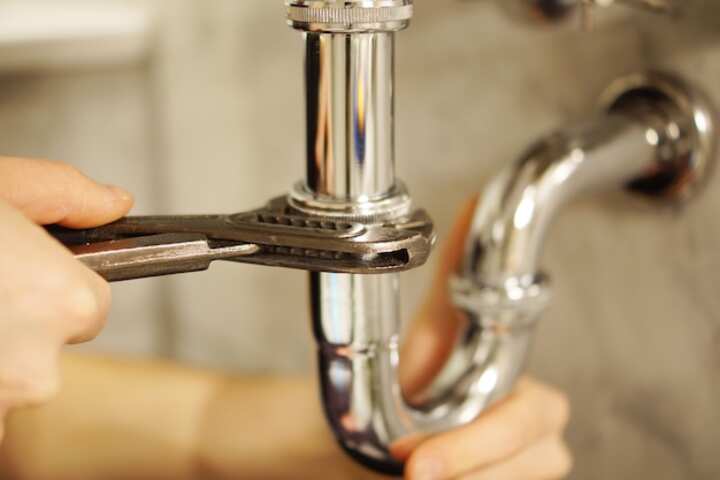
Essential Guide to Sewer Line Cleaning and Inspections
Sewer line cleaning and inspections are critical components of maintaining a healthy and efficient plumbing system. Regular maintenance not only prevents potential blockages and costly repairs but also ensures that the plumbing infrastructure operates smoothly. Whether you're a homeowner looking to maintain your property's value or a property manager responsible for multiple units, understanding the essentials of sewer line upkeep is invaluable. This guide delves into the importance, methods, and frequency of cleaning and inspecting sewer lines to help you make informed decisions.
Understanding Sewer Line Cleaning
Regular sewer line cleaning is essential to prevent clogs and maintain the efficient flow of wastewater from your property to the municipal sewer system. Over time, debris such as grease, hair, soap residue, and foreign objects can accumulate, leading to blockages.
Common Causes of Sewer Line Blockages
- Tree roots infiltrating the sewer pipes.
- Accumulation of grease and fat from kitchen waste.
- Foreign objects such as feminine hygiene products and wipes.
- Collapsed or damaged pipes due to ground movement or age.
For a deeper understanding of sewer line cleaning, read more about this topic.
Methods for Cleaning Sewer Lines
Several techniques are employed to clean sewer lines effectively. The choice of method depends on the severity and type of blockage.
Hydro Jetting
Hydro jetting involves using high-pressure water jets to clear blockages and clean the inner walls of the sewer pipes. This method is effective for removing stubborn clogs and tree roots. Explore further insights here about hydro jetting.
Mechanical Snaking
Mechanical snaking uses a flexible auger to break up and remove blockages. It is ideal for minor clogs and is a less invasive option compared to hydro jetting.
Chemical Cleaners
Chemical cleaners can dissolve specific types of blockages. However, they should be used with caution as they may cause damage to older pipes. To find additional information here on the limitations of chemical cleaners.
Importance of Sewer Line Inspections
Sewer line inspections are crucial for detecting potential problems before they escalate. Regular inspections help identify issues such as pipe corrosion, cracks, and misalignment, which could lead to significant damage if left unaddressed.
Methods of Sewer Line Inspection
Technological advancements have made sewer line inspections more efficient and less intrusive.
Video Camera Inspection
A video camera inspection involves inserting a small camera into the sewer line to visually inspect the condition of the pipes. This method provides a detailed view of the pipe's interior and helps pinpoint the exact location of any issues. Learn more in this detailed guide on video camera inspections.
Smoke Testing
Smoke testing involves pumping non-toxic smoke into the sewer system to detect leaks or cracks. If smoke escapes from any part of the plumbing system, it indicates a defect.
When to Schedule Cleaning and Inspections
The frequency of sewer line cleaning and inspections depends on various factors such as the age of the plumbing system, the type of pipes, and the amount of use.
- Residential properties should ideally have their sewer lines inspected every 1-2 years.
- Commercial properties may require more frequent inspections due to higher usage.
- Properties with mature trees should consider more regular checks for root intrusion.
Scheduling regular cleaning and inspections can prevent unexpected plumbing emergencies. Explore further insights here on maintenance scheduling.
Conclusion
Maintaining clean and well-inspected sewer lines is crucial for the longevity and efficiency of any plumbing system. By understanding the causes of blockages, the methods of cleaning and inspection, and the appropriate scheduling, property owners and managers can safeguard their investments and avoid costly repairs. For those seeking more detailed information and professional advice, find additional information here.